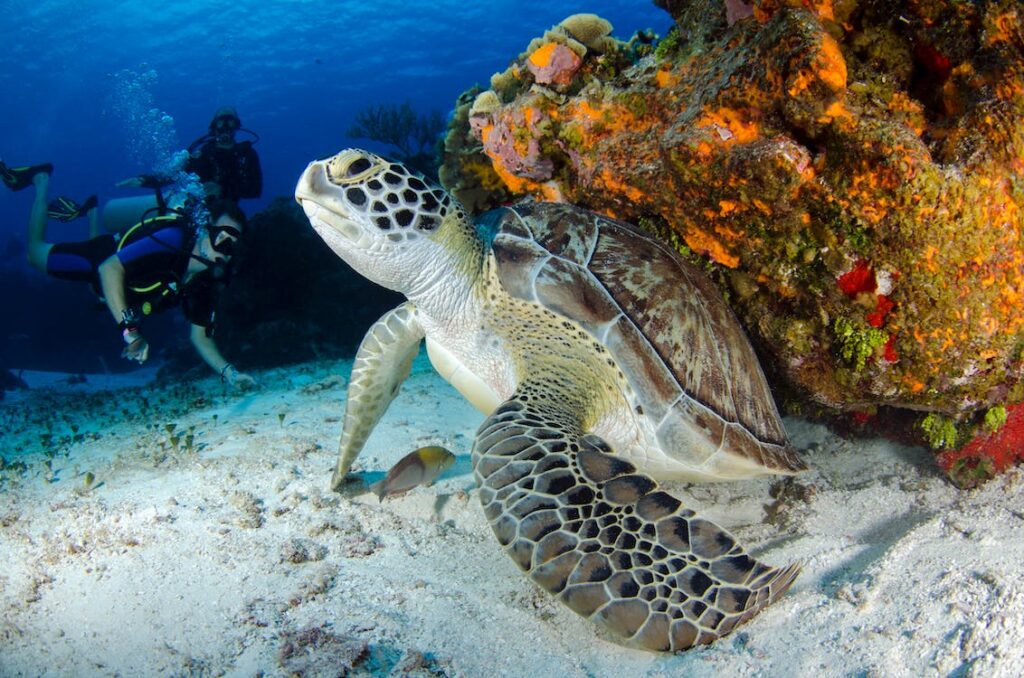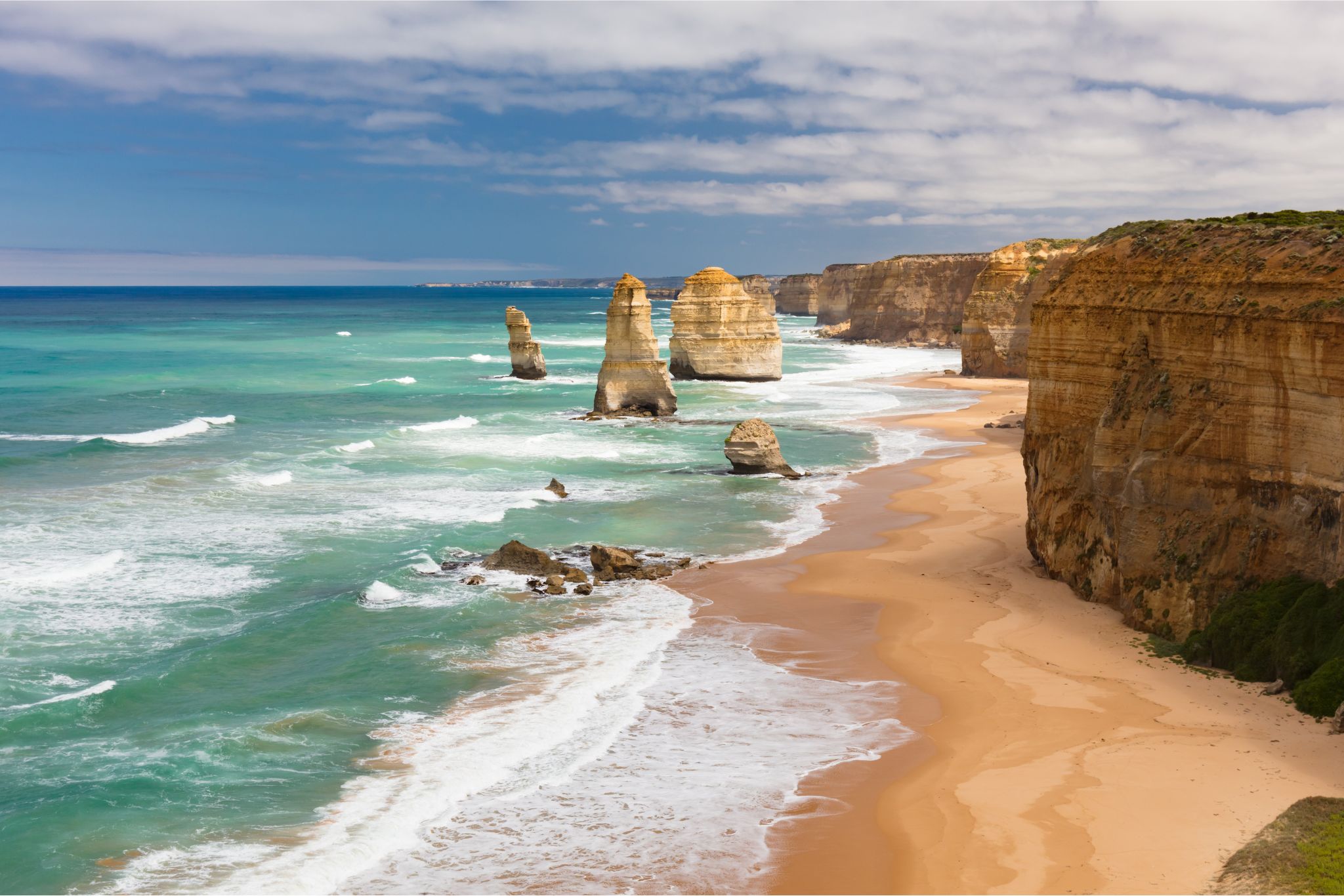Australia’s beaches are among the most sought-after in the world and are an important element of the country’s multi-billion dollar tourism industry. Unfortunately, it and the nation’s most important natural wonders are under increasing threat as global temperatures and sea levels rise. The most popular coastal tourist destinations are now at risk of facing increased flooding in the years to come. The issues are not limited to flooding – Australia’s coast also features attractions such as the Great Barrier Reef and many other coral reefs that extend along the coast, all of which are facing increasing threats from climate change. The Great Barrier Reef alone, a World Heritage-listed ecosystem centuries in the making has suffered from coral bleaching to warming temperatures throughout the past decade. Australia is in severe need of a credible climate policy to protect its natural assets and the tourism industry against this advancing threat.

Coastal tourism in Australia manifests itself in various activities for tourists both local and international. Beach and surf tourism is relevant along the entirety of Australia’s coastline, including activities such as walking, swimming, sunbathing, surfing, sports events, 4-wheel driving, and the like.
Coral reef-based tourism is a little different and often features activities such as snorkelling or experiencing the reefs through commercial boat operators. Coastline tourism takes place on the non-beach coastlines where visitors can enjoy scenic drives, sand dune experiences, and visit local attractions.
Cruise ship tourism is also another fast-growing category in Australia’s coastal tourism sector, incorporating the best of both worlds for local and international tourists alike.
Climate change and environmental degradation are putting all these activities and the entire industry at risk for all, through sea-level rise, beach erosion, high winds, storm surge, rising air and water temperatures, changing rainfall patterns, ocean acidification, and so on and so forth. Some of these issues are entirely man-made, and some, although not entirely man-made, are certainly exacerbated in some way through human intervention. Certain others, such as the severe coastal erosion in South Australia, are naturally regulated phenomena that have ‘benefitted from’ human intervention.
As can be imagined, coastal degradation has severe implications for the tourism value of the beaches in Australia. Surveys of tourist responses have revealed that 17-23% of Sunshine Coast and Surf Coast tourists would respond to beach damage by switching their holiday destinations to different countries. The total loss to the industry would amount to AU$76 million per year. Queensland’s Gold Coast is another of Australia’s premier tourist attractions, bringing in AU$4.7 million to the local economy in 2013 and providing 30,000 jobs to the community. The Gold Coast is particularly susceptible to recession with the rise in sea levels, combined with the extreme changes in weather in recent years. On the other hand, beach nourishment activities – or the regular replenishment of displaced sands – cost the economy between AU$11-54 million per year.
Natural longshore drift is a natural occurrence where waves coming in from the southwest of the country push the coastal sand to beaches further north. This is a natural phenomenon that has taken place for hundreds and thousands of years. Typically, this is an issue that would naturally solve itself, as a coastline constantly evolves to meet the wave climate. However, urban development projects have fixed coastal lines into place to protect the infrastructure that has been built upon it, preventing the coastline from changing and evolving according to weather patterns. In some cases, there have been entire urban development projects that have been built on stretches of sand dunes, the same natural barriers that are meant to replenish beaches after major storms.

The South Australian government tipped 50,000 cubic metres of quarry sand onto the West Beach in a bid to address the worsening issue just earlier this year. The state has committed a further AU$ 7.4 million through the annual budget to continue the replenishment of sand on the West Beach. The government is further conducting a 12-month review to evaluate more sustainable answers to mitigate the issue. One of the options being considered is the construction of a pipeline to pump excess sand from the beaches up north, for example from Semaphore and Largs Bay back to West Beach. The results of the review will be submitted to the government in December this year. According to Oceanographer and Coastal Geomorphologist Miot da Silva, perpetual intervention will be needed to save the beaches around Australia.
South Australia’s situation was not helped by the extreme weather conditions the area experienced earlier this year. Heavy storms on the Limestone Coast resulted in high levels of coastal erosion and the buildup of large amounts of seaweed along beaches. In Robe, researchers from Flinders University have been studying the effects of the ongoing coastal erosion in the area in an effort to remedy the lack of data on the issue. Their buoys off the coast of Robe are currently measuring the wave and current intensity affecting the beach. It is hoped that the data collected will help build models that will provide the researchers with the information necessary to correct the impact of weather patterns, at least to some extent.
Research efforts are not the only area in which funding needs to be directed – erosion also affects local communities heavily. Local councils are forced to address the environmental degradation through continuous sand replenishment and beach clean-ups, putting a strain on limited financial resources. The parade of trucks moving sand from one beach to another does not help the already fragile ecosystem either.
Southend, one of Australia’s most picturesque beaches, has been depleted to almost unfortunate levels due to extreme weather. According to park managers, about three metres of sand has been lost to erosion from the front of the park this year alone. Southend’s main beach has even been closed to the public since the autumn in fear that the continuous stream of foot traffic the beach experiences would accelerate erosion. The Wattle Range Council is even investigating the possibility of building a stone barrier across the back of the beach due to the severity of the issue. The project would utilise sand bought in from Adelaide’s West Beach.
For some residents, the solution is as bad as the problem it solves, as they now have to experience the regular disruption caused by the unsightly sand-shifting trucks. The situation may not be ideal, but yet remains one of the few practical solutions available. Creating the barrier between the sea and the mainland is not just a matter of protecting the country’s tourism industry, it is also about protecting the communities that host the nation’s guests.
(Theruni Liyanage)
